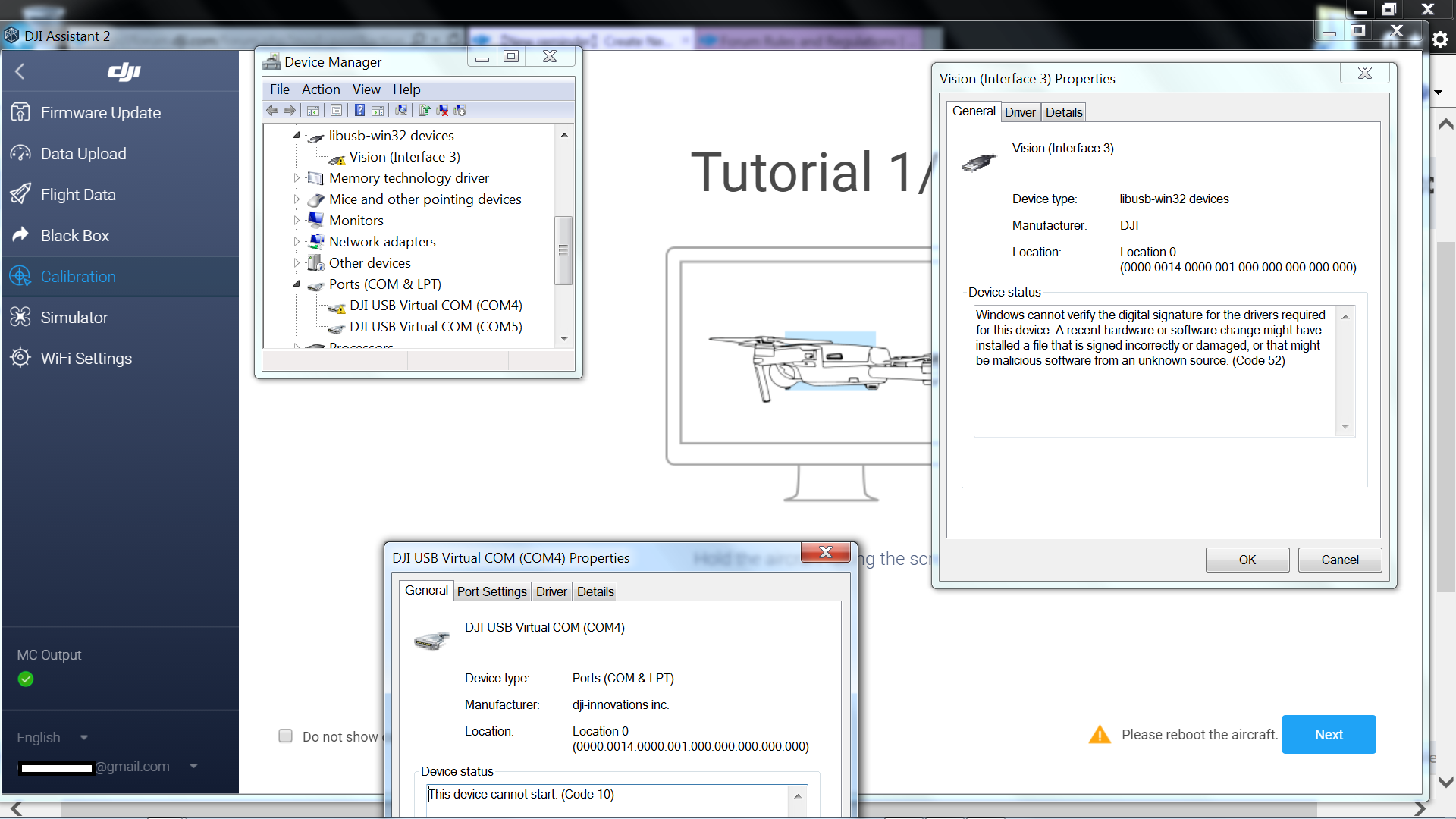Install Libusb Windows 10

How to Fix libusb0.dll error USBasp Windows 10 Error AVRDUDESS libUsb error, usando AVRDUDESS 'El programa no puede iniciarse porque falta libusb0.dll en el equipo. Working solution for USBasp driver in Windows 10 64bit. Install libusb-win32. I have found a signed drivers and very easy to install. It has a driver install.
I have a generic USB device that I want to use in Windows 10 IoT. The device is WinUSB compatible as I can get it to work with WinUSB on regular Windows (through ). Windows 10 IoT (on Raspberry Pi 2) has the WinUSB driver (found in C: windows system32 winusb.dll) but I can't get Windows 10 IoT to use this driver for my device. I tried to install it using the INF-file found. Because that INF-file refers to amd64 I made some minor changes to it to hopefully make it ARM compatible. I used files found in.
Replace the Vendor ID (VID) and Product ID (PID) in [Standard.NTarm] with the corresponding VID and PID of the USB you're adding. Photo collage maker 317 serial number generator. Finally replace the ManufacturerName and DeviceName near the bottom with the correct info for your device. Put this file somewhere on the Raspberry Pi 2, using either SMB or FTP. SSH or PowerShell to the Raspberry Pi 2 and go to the folder where you put the INF file.
Run the following command: devcon dp_add. You should see the following result: Driver package 'oem0.inf' added. Finally restart the RP2 ( shutdown -r -t 0 from SSH/PowerShell).
When the RP2 gets back up your device should be listed under 'Connected Devices' on the default startup app, and you should now be able to use functionality from Windows.Devices.Usb to communicate with the USB device.
/ / / Its common that one needs to use a programmer from the Arduino IDE, but on Windows 10 things are not as simple. Many times the drivers installed are not correct hence the avrdude tool in the Arduino IDE refuses to work. Here we would look at a way to make that possible. The idea would be first to get the Libusb-Win32 driver installed which is essential for the avrdude to work. Note: In case you have AtmelStudio installed this might have difficultly, due to the presence of the Jungo WinUSB driver. We would look into moving around that. Let’s assume that on the PC we have the following situation: • No drivers installed for AVRISP mkII • We have Admin access • We have internet available Getting Libusb-win32 The libusb-win32 package available from.
We just need to download the latest available release version of the package. Currently it is libusb-win32-bin-1.2.6.0.zip as on June 2018. Make sure to get something on the similar lines. If you do not find, just go the Files section of the and go to the libusb-win32-releases folder. Select the latest version folder and download the file similar to the above. Setting Up Driver Next, unarchive / unzip the Zip file libusb-win32-bin-1.2.6.0.zip as on June 2018.
Inside would be a directory structure similar to. Bin/ examples/ include/ lib/ AUTHORS.txt COPYING_GPL.txt COPYING_LGPL.txt installer_license.txt libusb-win32-changelog-1.2.6.0.txt README.txt 1. Open bin directory. There in execute the inf-wizard.exe after connecting the AVRISP mkII.